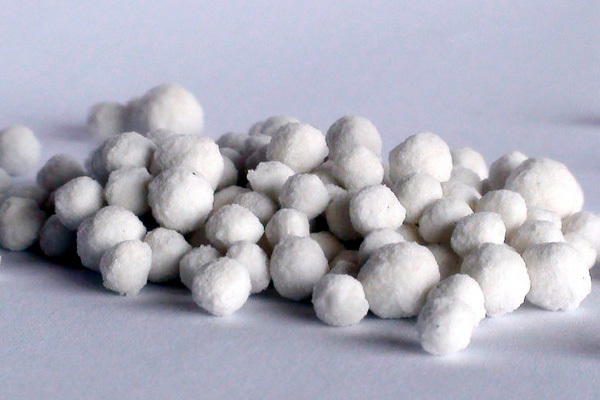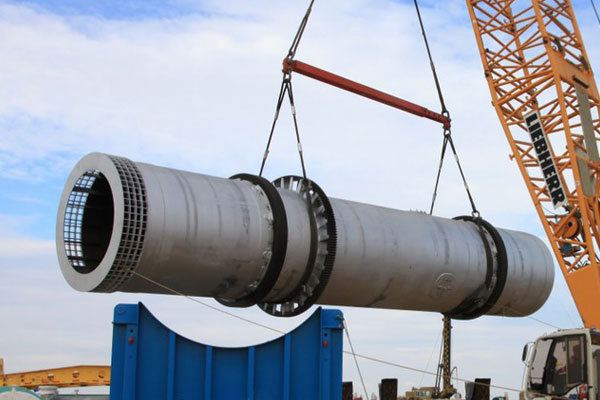Potash production is on the rise across the globe as demand for the nutrient continues to grow, thanks to a few global trends.
Several new projects and plant upgrades are in the works, especially when it comes to the increasingly popular MOP alternative, potassium sulfate (SOP).
Factors Influencing Demand for Potash Production
Between extreme weather patterns and a global pandemic, the past few years have been a challenge for the agriculture industry, with several trends pushing demand for additional potash production:
The World Needs More Food
Scientists and crop producers continue to grapple with the increasing urgency of feeding a growing global population on smaller plots of land, or in other words, increasing crop productivity, prompting a rise in the use of fertilizers.
A report by Research and Markets anticipates that the agrochemicals industry will reach a valuation of $246.1 billion by the year 2025. Of the fertilizers, potash is expected to exhibit the highest growth rate, owing to its essential nature in crop production.
Potassium Deficiencies Growing
Researchers have confirmed that a decline in dietary potassium in the US population is likely tied, at least in part, to the continual removal of potassium in agricultural practices. A recent study found that between 1999 and 2015, concentrations of potassium in everything from beef to cereal had declined, corresponding with a falling agronomic potassium input-to-removal ratio.
Rising Crop Prices
As the world continues to deal with the ongoing pandemic and now the upheaval caused by the Russia-Ukraine conflict, crop prices are skyrocketing, pushing subsequent demand for fertilizers ever higher.
Potash Taken Off the Market
Already-tight fertilizer supplies have been further exacerbated by the war in Ukraine. With Russia and Belarus accounting for about 40 percent of global potash production, sanctions and other war-related complications have made a major portion of the world’s potash unavailable, creating a frenzy of activity.
New Potash Production Coming Online
Potash mine announcements and expansions have dotted the headlines, as companies look to take advantage of the rising potash demand, particularly when it comes to sulfate of potash (SOP), or potassium sulfate.
SOP provides an alternative to the more traditionally employed MOP (muriate of potash, or potassium chloride (KCl)). This form of potash is much lower in chlorides, making it an excellent source of potassium for high-value crops sensitive to chlorides. Further, it provides sulfur and has a lower salinity.
Use of SOP, as well as other potassium fertilizer compounds has been on the rise as specialty fertilizer products geared toward meeting specific nutritional needs become more widespread in agronomic practices.

Sulfate of Potash (SOP/Potassium Sulfate) granules produced during process development testing in the FEECO Innovation Center.
Several companies in both Australia and Africa have been working to develop domestic sources of potash (as well as export streams). The Beyondie SOP project in Western Australia, owned by Kalium Lakes Ltd, produced their first batch of SOP in October of 2021.
Australian Potash’s Lake Wells project is also continuing to make progress toward production.
In Africa, the Colluli project, owned by Danakali Ltd, is on the path to becoming a zero-carbon SOP project.
Brazil, which relies heavily on imports for fulfilling its potash and other nutrient needs, is also exploring the development of a domestic fertilizer industry, with potash as a key focus.
In addition, a number of other upgrades and new plants are also in development in both Canada and the United States as well, including BHP’s highly anticipated Jansen project.
Potash Activity is Evident
A long-time provider of processing equipment and services for the potash industry, FEECO has seen the activity first-hand.
“We’ve had a lot of inquiries coming in for every aspect of business – material testing and process development, rotary dryers and other equipment, and even parts and service work,” says FEECO Process Sales Engineer Shane Le Capitaine. “That tells me there is activity happening on every front in the potash industry; companies are building new plants and upgrading existing production lines to maximize their output and meet changing product requirements.”

FEECO Potash Dryer being prepared for installation
Conclusion
As demand for food continues to rise, potassium deficiencies become more widespread, and a recovering agriculture industry bolsters planting and struggles with a loss of available supplies, potash production has become a headline topic. With a flurry of activity around new projects and upgrades, the industry is well situated to meet the growing demand, particularly when it comes to SOP fertilizers.
As a preferred provider of custom potash processing equipment, process development, and parts and service support, FEECO continues to serve as a critical resource to this ever-growing industry. For more information on our equipment or services, contact us today!



